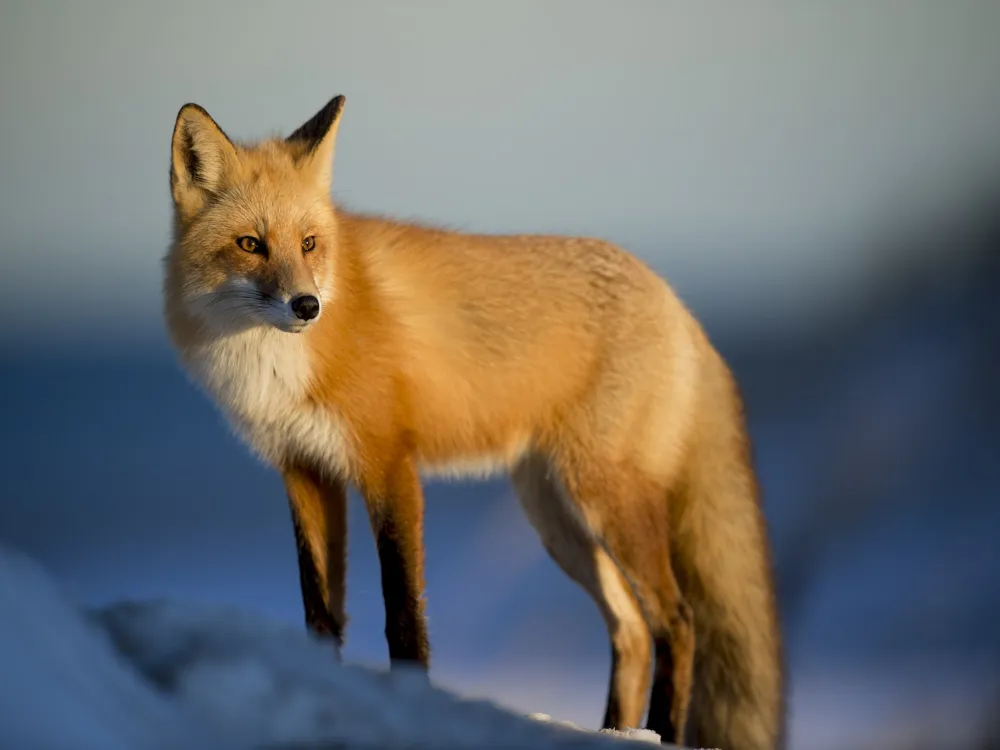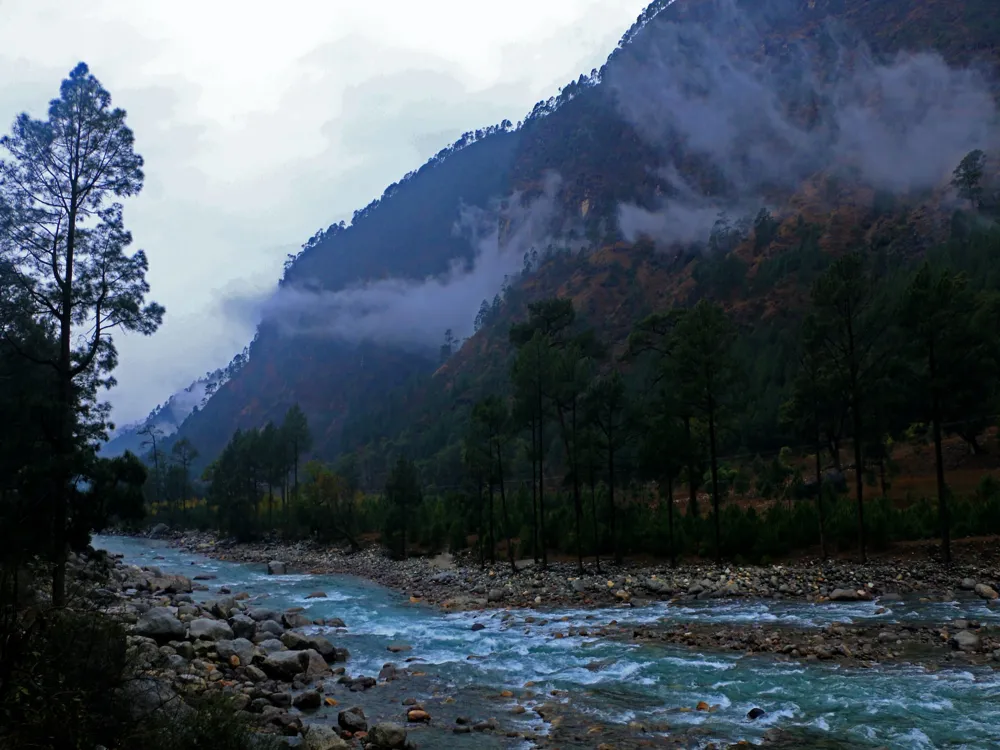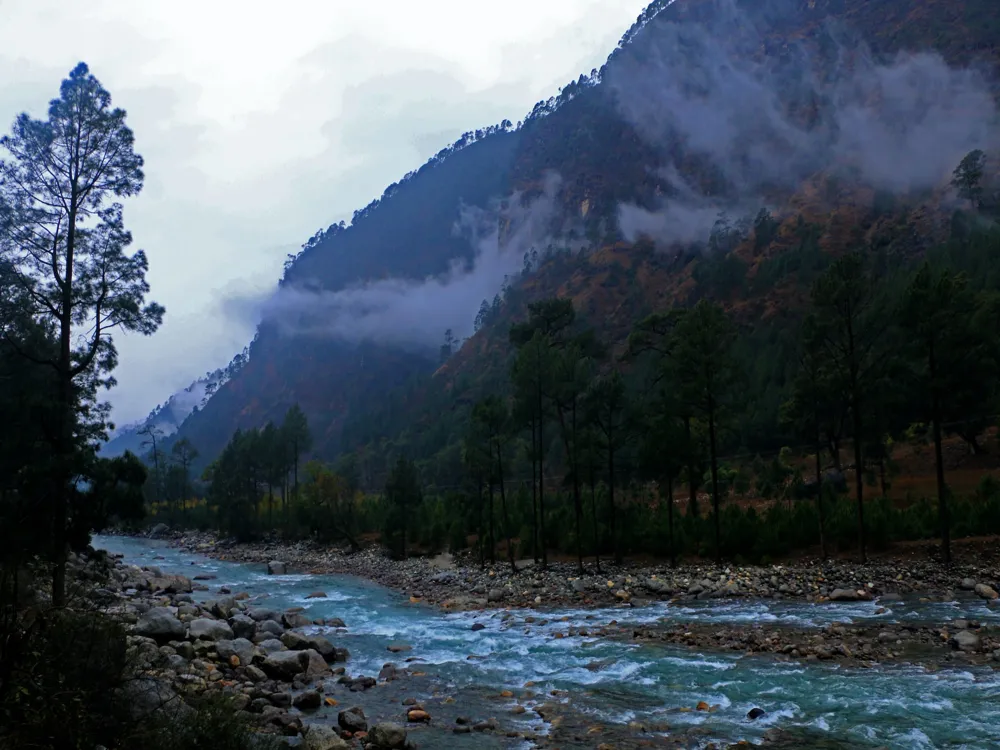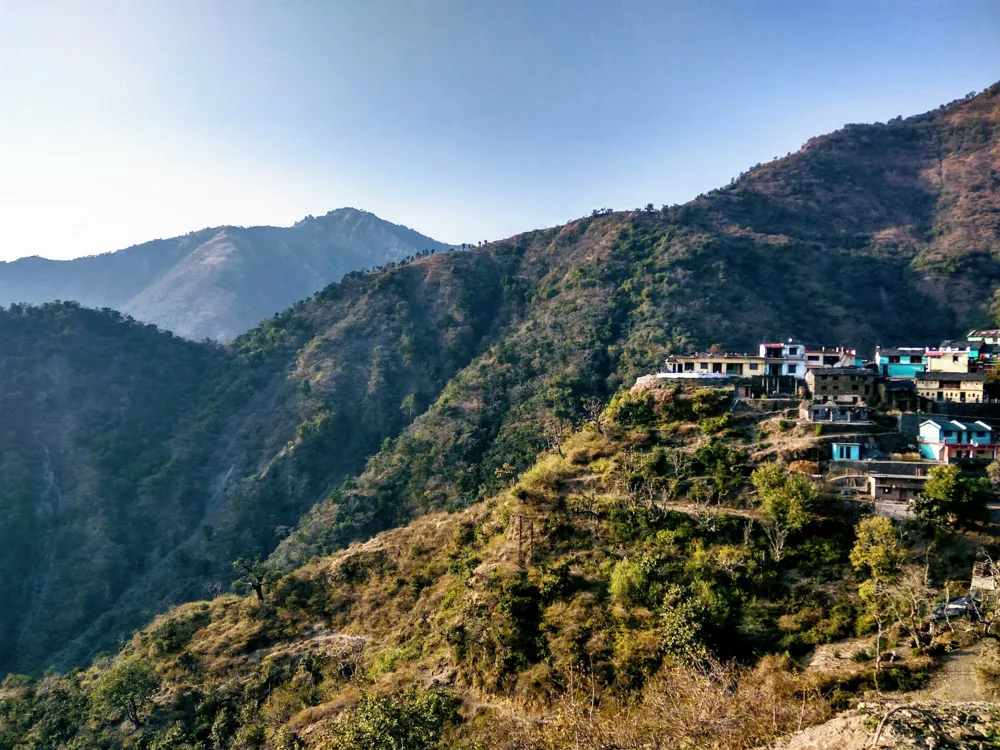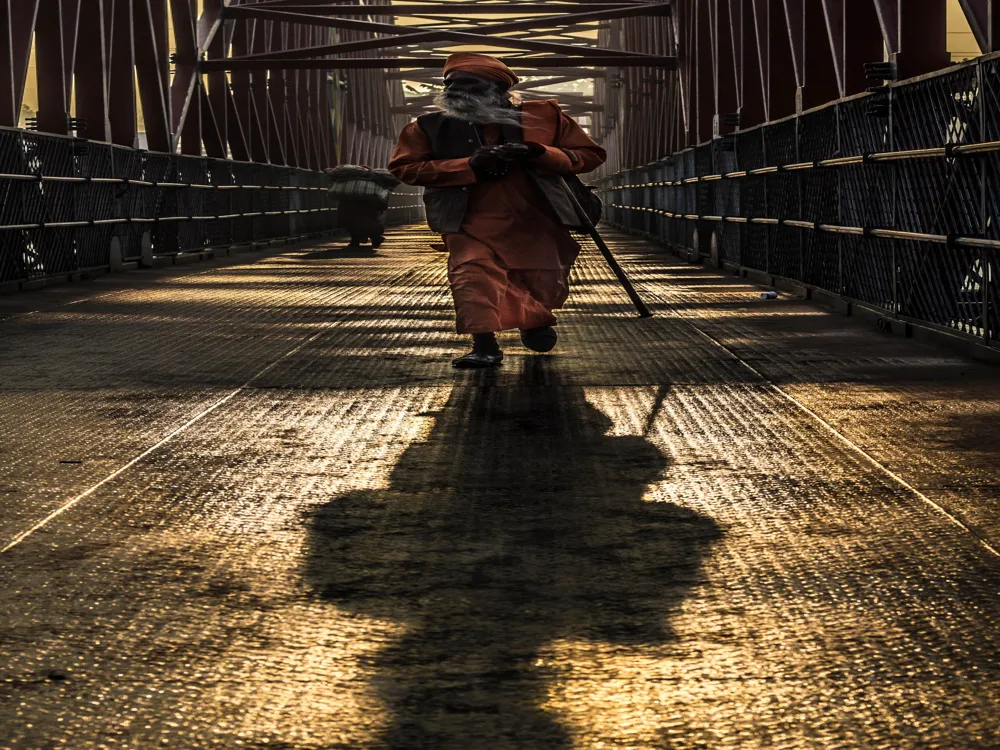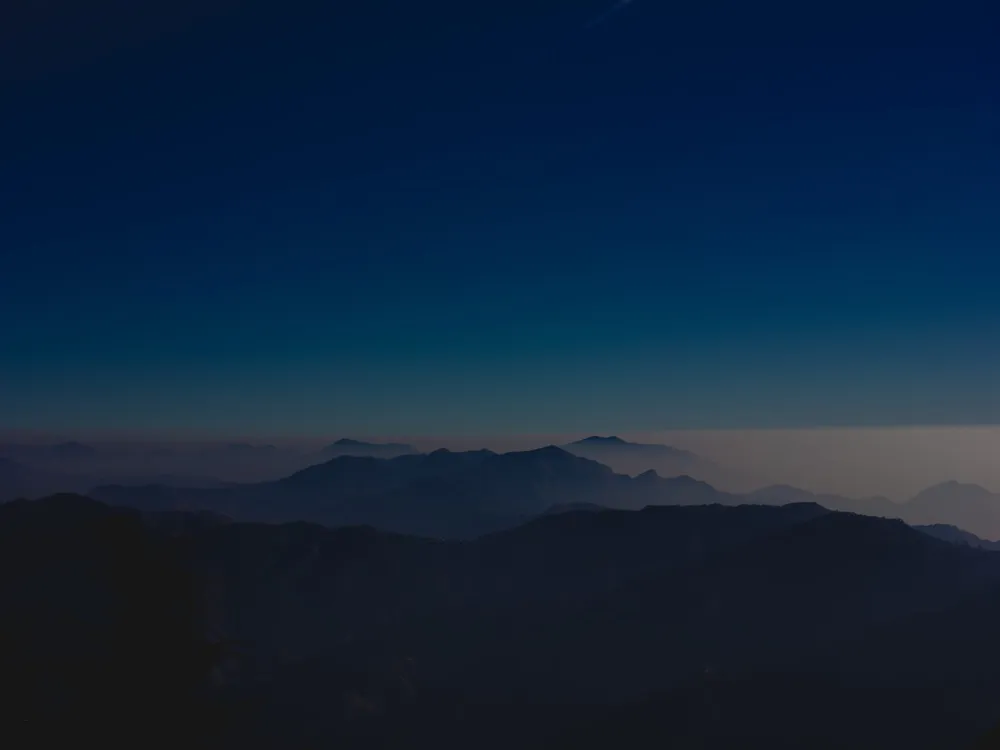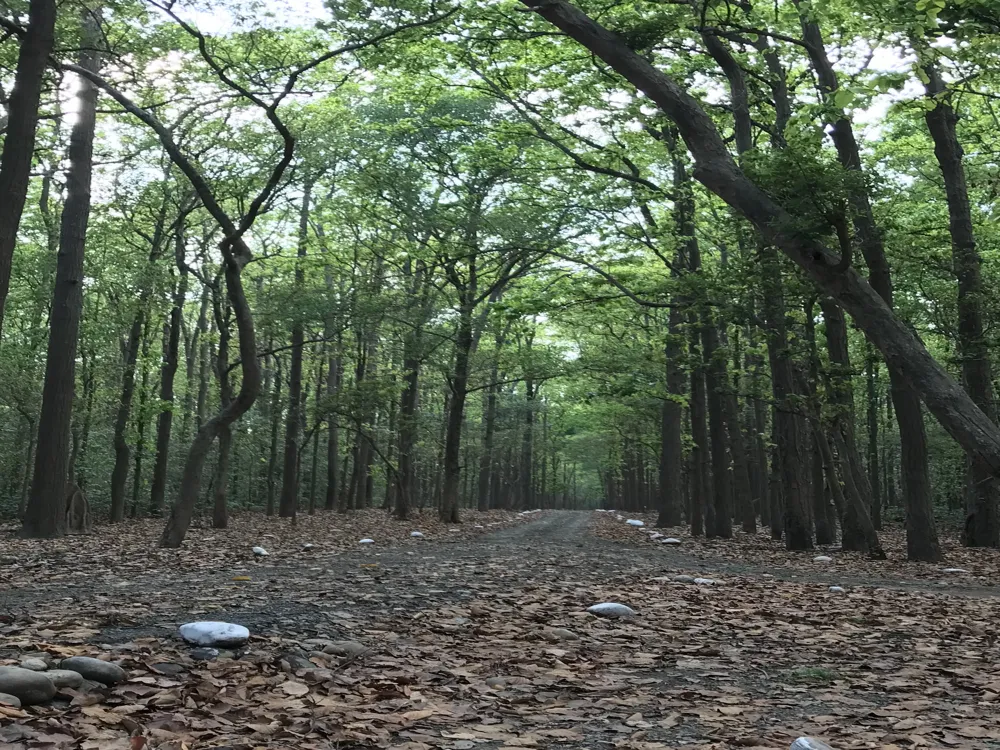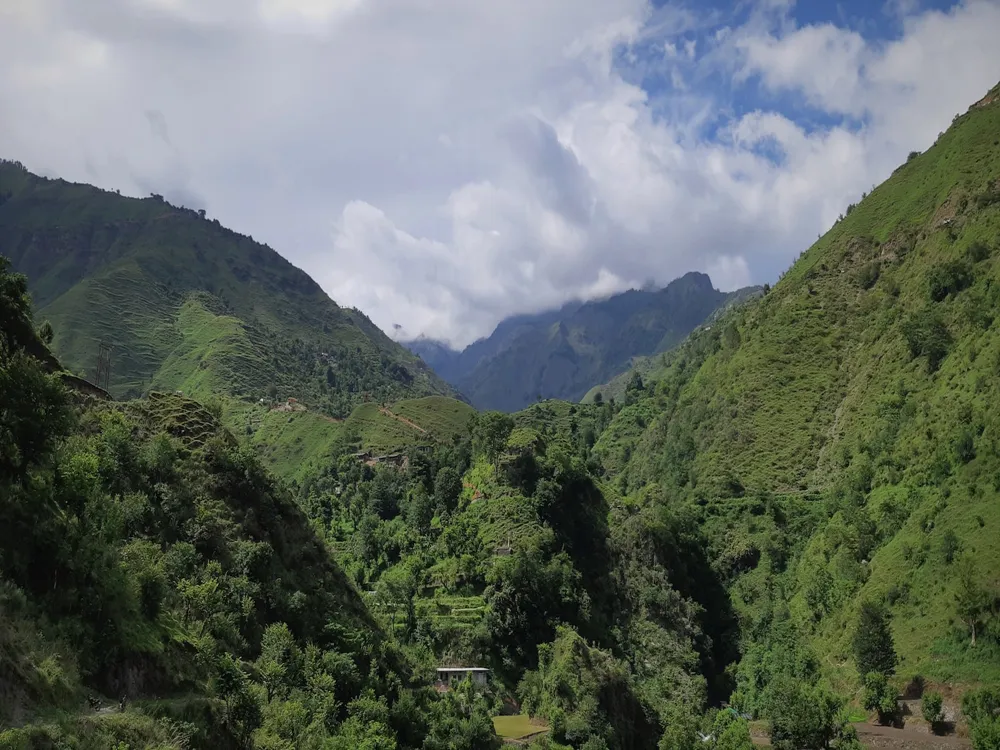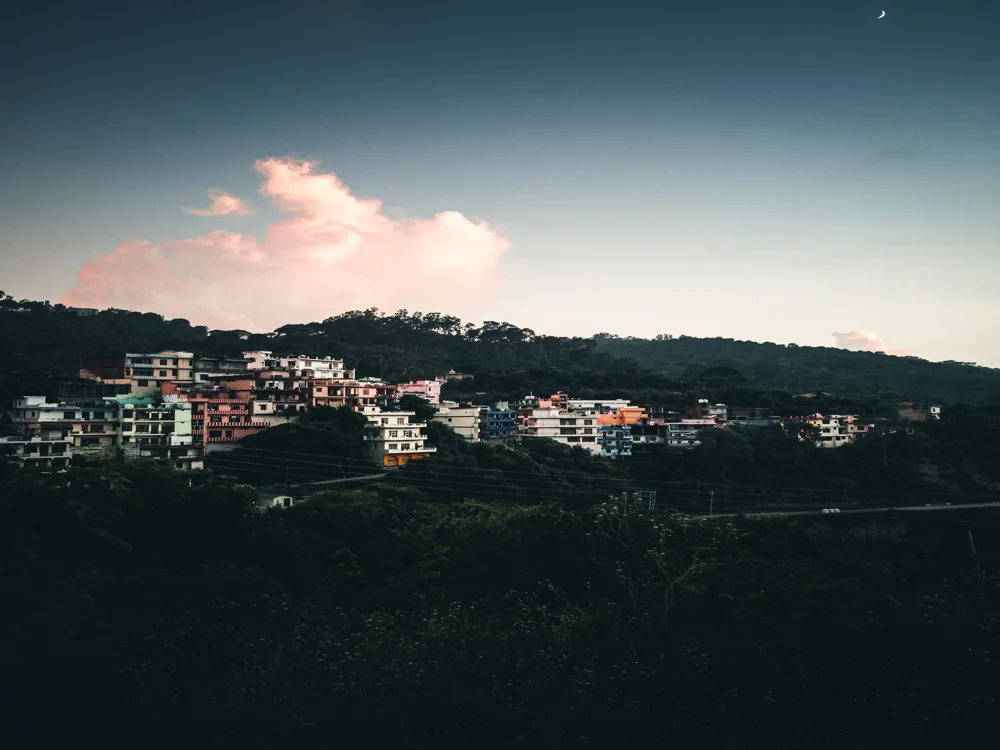Nestled in the queen of hills, Mussoorie, the Jharipani Falls is a spectacular natural wonder that captures the essence of Uttarakhand's pristine beauty. This enchanting waterfall, located close to the famous hill station, is a testament to nature's artistry, drawing visitors from all over the world. The falls cascade down from a considerable height, creating a mesmerizing spectacle and a tranquil ambiance that resonates with the sounds of nature. The lush green surroundings, rich in flora and fauna, provide a refreshing retreat away from the hustle and bustle of city life. Jharipani Falls is not just a tourist spot; it's a journey into the heart of nature. The area around the falls is a haven for nature lovers, trekkers, and bird watchers. The diverse range of bird species found here is a delight for ornithologists. The path leading to the waterfall is itself an adventure, offering breathtaking views of the Doon Valley and an opportunity to witness the rustic charm of the Himalayan countryside. The waterfall serves as a perfect backdrop for photography enthusiasts and nature lovers, capturing the essence of the serene and untouched beauty of Mussoorie. The best time to visit Jharipani Falls is during the monsoon season when the waterfall is in its full glory, but it's equally enchanting throughout the year. The monsoon rain adds to the volume and beauty of the falls, making it an ideal destination for those seeking solace in nature's lap. However, visitors should be cautious during this time as the area can be slippery. The architecture of Jharipani Falls is not man-made but carved by nature itself. The falls are a natural formation, resulting from years of geological activity and the relentless work of the elements. The water cascades over a series of rocky outcrops, creating multiple levels of waterfalls. Each level presents a unique visual and auditory experience. The rocks around the falls have been shaped over millennia, smoothed by the continuous flow of water, presenting a stunning example of natural sculpture. The geological composition of the area around Jharipani Falls is predominantly sedimentary rock, formed from the accumulation of mineral and organic particles over millions of years. These rocks tell a story of the earth's history, making the falls not just a place of beauty but of geological significance as well. The layers of rocks visible at different levels of the waterfall offer a glimpse into the past, showcasing various stages of earth's formation. The surrounding landscape of Jharipani Falls complements its natural architecture. The dense forest cover, comprising mainly of pine and deodar trees, adds a green canopy around the falls. This rich vegetation supports a diverse ecosystem, providing a habitat for numerous species of birds and animals. The interplay of water, rock, and flora at Jharipani Falls creates a symphony of natural elements, a masterpiece of nature's design. The ideal time to visit Jharipani Falls is during the monsoon months, from July to September when the waterfall is at its most vibrant. However, visitors should be aware of the slippery paths and take necessary precautions. For those who prefer a less crowded experience, visiting during the spring months of March to June can also be delightful. Safety is paramount when visiting Jharipani Falls. It is advisable to wear sturdy footwear to navigate the slippery and uneven paths. Visitors should always stay on marked trails and avoid venturing too close to the edge of the waterfall. During the monsoon, extra caution is required due to the increased flow and slippery conditions. Jharipani Falls offers numerous opportunities for photography. Visitors are encouraged to bring their cameras but should also be respectful of the natural environment. It is important to avoid littering and to maintain the cleanliness of the area. Using flash photography near wildlife should be avoided to prevent disturbing the animals. When visiting Jharipani Falls, it's essential to come prepared. Pack light but include essentials such as water, snacks, a first-aid kit, and a raincoat or umbrella, especially during the monsoon season. Sunscreen and insect repellent can also be useful. Jharipani Falls is well-connected and accessible from various parts of Uttarakhand. The nearest major town is Mussoorie, from where the falls are about 7 kilometers away. Visitors can reach Mussoorie by road from Dehradun, which is well connected by train and air. From Mussoorie, one can hire a taxi or take a bus to reach Jharipani Falls. For adventure enthusiasts, trekking to the falls from Mussoorie is a popular option, offering a chance to experience the scenic beauty of the Himalayan foothills. Read More:Overview of Jharipani Falls, Mussoorie
Architecture of Jharipani Falls
Tips When Visiting Jharipani Falls
Best Time to Visit
Safety Precautions
Photography and Etiquette
Packing Essentials
How To Reach Jharipani Falls
Jharipani Falls
Mussoorie
Uttarakhand
₹ 3,500 onwards
View mussoorie Packages
Mussoorie Travel Packages
View All Packages For Mussoorie
Top Hotel Collections for Mussoorie

Private Pool

Luxury Hotels

5-Star Hotels

Pet Friendly
Top Hotels Near Mussoorie
Other Top Ranking Places In Mussoorie
View All Places To Visit In mussoorie
View mussoorie Packages
Mussoorie Travel Packages
View All Packages For Mussoorie
Top Hotel Collections for Mussoorie

Private Pool

Luxury Hotels

5-Star Hotels

Pet Friendly







